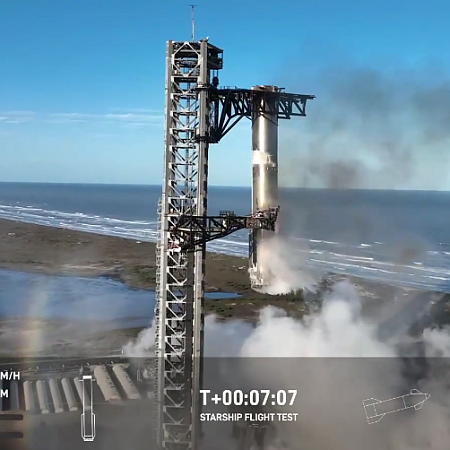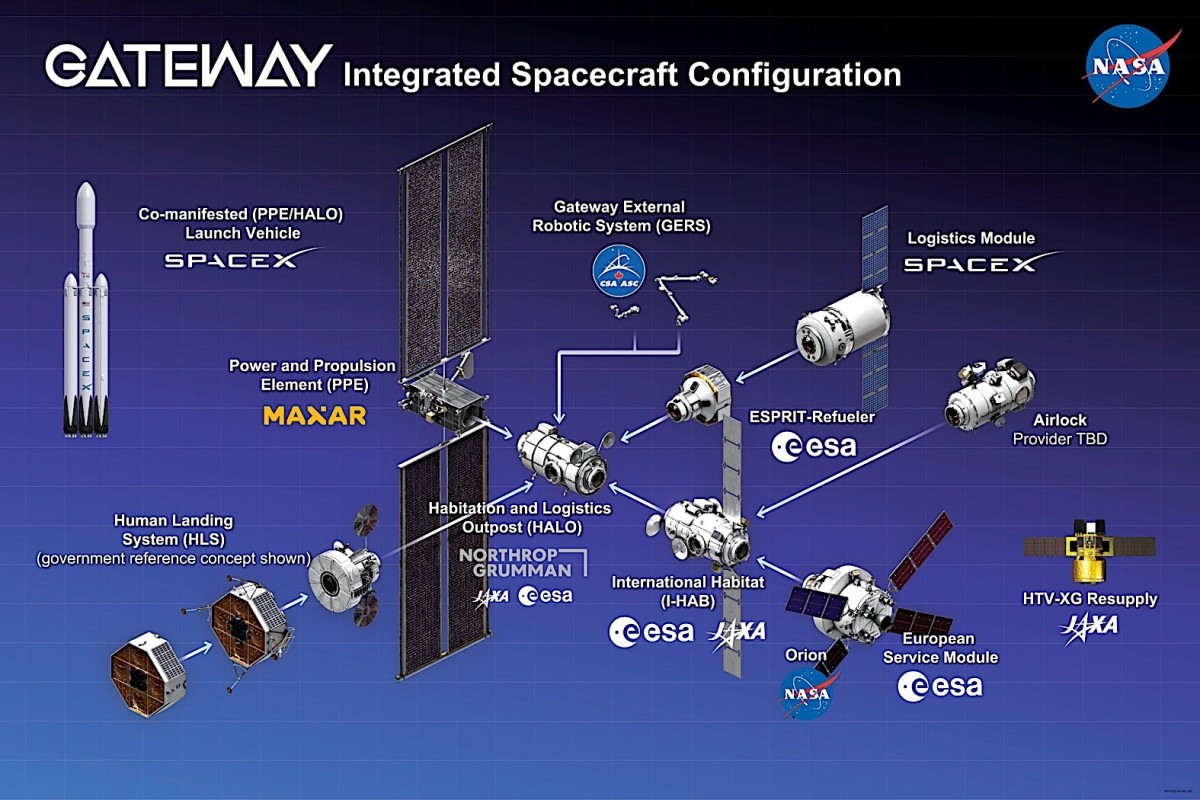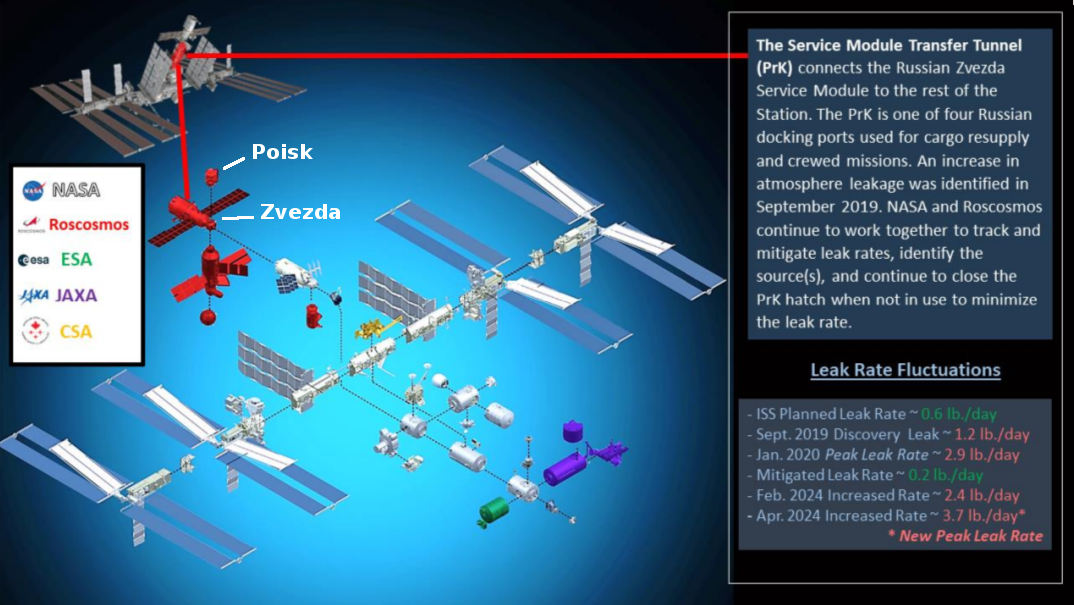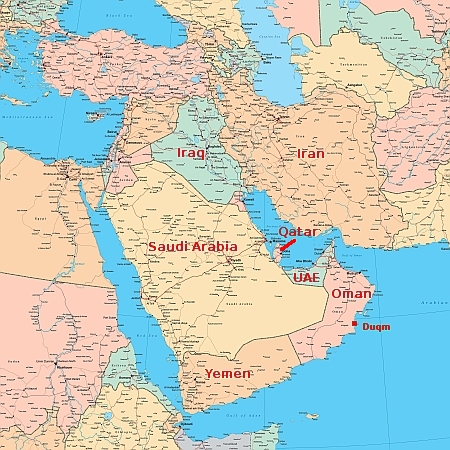Intuitive Machine’s Athena lunar lander to launch later today
The second attempt by the startup Intuitive Machines to soft land a spacecraft on the Moon is scheduled to launch today at 7:16 pm (Eastern) time on a Falcon 9 rocket lifting off from the Kennedy Space Center in Florida.
I have embedded the Space Affairs live stream feed below, because it starts only 45 minutes before launch. If you want to watch an extra hour of pre-launch blather and propaganda from NASA, the official live steam can be found here. Be warned however. All the live feeds are being produced by NASA, which tends to make believe it made everything happen, when in truth both the rocket and lander are privately owned and built. NASA is contributing most of the science instruments, but without SpaceX and Intuitive Machines, none of those instruments would go anywhere.
A very good description of the mission and the science instruments on board, including a hopper, and a drill, can be found here.
Secondary payloads on the rocket include a low cost NASA lunar orbiter and the first interplanetary probe of a private company.
The first, Lunar Trailblazer, has two instruments for mapping the existence of water on the lunar surface. The second, Astroforge’s Odin spacecraft, will attempt a close fly-by of the asteroid 2022 OB5, thought to be made up mostly of nickel-iron and thus potentially very valuable resource for mining.
The second attempt by the startup Intuitive Machines to soft land a spacecraft on the Moon is scheduled to launch today at 7:16 pm (Eastern) time on a Falcon 9 rocket lifting off from the Kennedy Space Center in Florida.
I have embedded the Space Affairs live stream feed below, because it starts only 45 minutes before launch. If you want to watch an extra hour of pre-launch blather and propaganda from NASA, the official live steam can be found here. Be warned however. All the live feeds are being produced by NASA, which tends to make believe it made everything happen, when in truth both the rocket and lander are privately owned and built. NASA is contributing most of the science instruments, but without SpaceX and Intuitive Machines, none of those instruments would go anywhere.
A very good description of the mission and the science instruments on board, including a hopper, and a drill, can be found here.
Secondary payloads on the rocket include a low cost NASA lunar orbiter and the first interplanetary probe of a private company.
The first, Lunar Trailblazer, has two instruments for mapping the existence of water on the lunar surface. The second, Astroforge’s Odin spacecraft, will attempt a close fly-by of the asteroid 2022 OB5, thought to be made up mostly of nickel-iron and thus potentially very valuable resource for mining.







